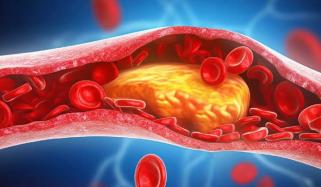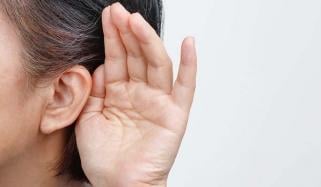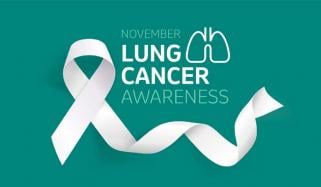
Mental health of teenagers has been experiencing a growing crisis worldwide for at least a decade.
In recent years, scientists and mental health therapists have flagged social media as a major cause.
The latest data revealed that social media could be a contributor to anxiety and depression.
A combination of digital exposure, cyberbullying, and artificial intelligence (AI) is believed to be exponentially increasing the trend.
The double-edged sword of social media
While different social media platforms like Instagram, Snapchat, and TikTok offer a variety of exciting opportunities to establish connections, they also draw unrealistic comparisons among teens.
Teenagers usually compare themselves to filtered and curated content, leading to self-doubt, body image issues, and so on.
“People having access to Instagram and Tiktok all across the globe have very little idea of how different social media’s world is from real life,” says Syeda Hania Batool, a Psychology Graduate from IPP, Bahria University.
“Unrealistic beauty standards create this fake perception of how everyone should look flawless, all the time."
"The constant comparison between our own flaws and flawless influencers on Instagram and Tiktok with multiple filters and a lot of makeup affects the self-image, which further contributes to self-worth,” Hania added.
The “dopamine hit” from the recently launched features makes platforms addictive, and whenever there is a gap in validation, complex automatically hits, leading to a variety of mental health issues.
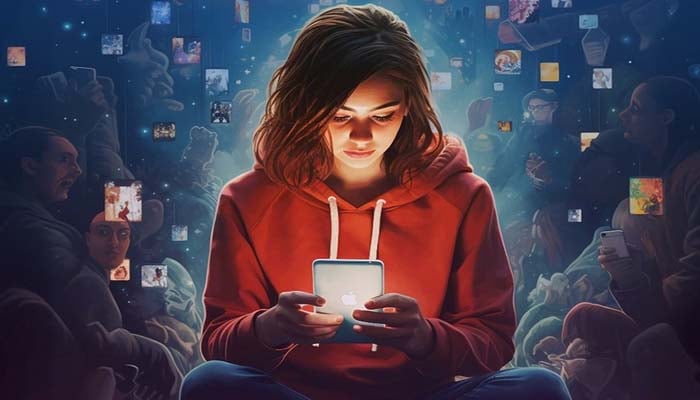
Cyberbullying: How does it affect teens?
Cyberbullying is more pervasive and invasive as compared to conventional bullying.
Teens can experience harassment 24/7 through messages and comments.
Victims usually suffers alone, leading to an increased risk of anxiety, and suicidal thoughts.
AI and algorithmic influence
AI-driven algorithms are particularly designed to increase user engagement. Unfortunately, it typically fosters provocative content that may adversely affect mental health.
In addition, AI can be used to generate deepfakes and harmful content targeting individuals, significantly increasing distress among teens.
Signs of anxiety and depression in teenagers
Anxiety and depression manifest differently in teenagers than in adults.
Hania highlighted the most common signs of anxiety in teens, which include excessive worry, difficulty concentrating, restlessness, and physical complaints such as headaches or stomachaches with no medical cause.
However, these symptoms often go unnoticed or are dismissed as typical teenage moodiness, which can delay proper intervention.
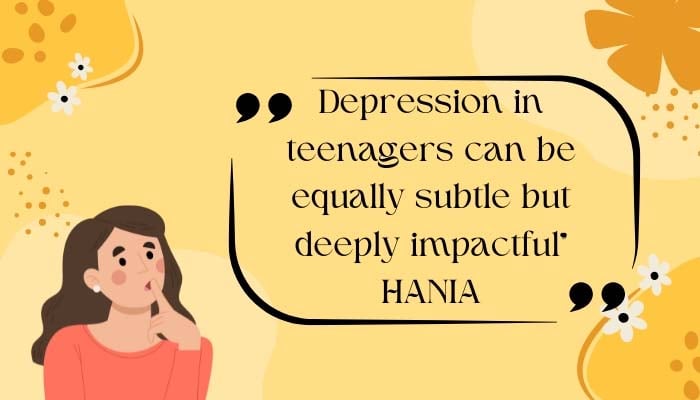
A path forward
Parents, academic institutions, and tech companies should come together to combat the rapidly increasing issue of prioritising teen mental wellness.
This includes digital literacy programmes, awareness campaigns, and powerful anti-bullying tools. Most importantly, encouraging open communication to make a life-saving difference.






